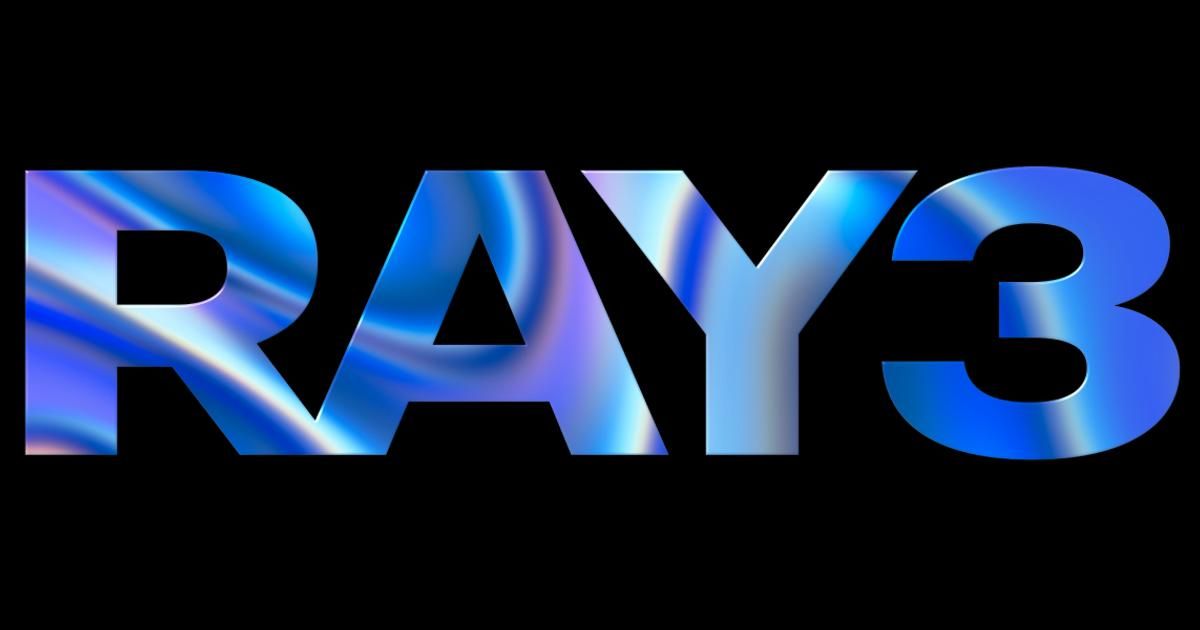Introduction
Luma AI has just launched Ray3, the first AI video generation model equipped with reasoning capabilities. This innovation represents a significant qualitative leap in the automated video creation sector, enabling the handling of more complex action sequences compared to traditional AI video generators.
What is a Reasoning Video Model
A reasoning model is a type of artificial intelligence that uses greater computational power to process requests and can autonomously verify its own responses.
While reasoning models for chatbots like OpenAI's GPT-o3 and Google's Gemini 2.5 are already widespread, Ray3 represents the first application of this technology to video generation. The model can evaluate its own work and make improvements during the creation process.
Advanced Capabilities of Ray3
Ray3 excels in handling complex action sequences, overcoming the typical limitations of traditional AI video generators. Most AI video clips work optimally for durations of 5-10 seconds, beyond which quality tends to degrade rapidly.
As explained by Amit Jain, Luma AI's CEO, the model can "evaluate and say 'Oh, this is not good, or I need this to be better in this way'". This self-evaluation capability allows for creating more refined and coherent video content.
Visual Annotation Tool
A new feature allows users to visualize the steps the model takes during work. The visual annotation tool shows how the model identifies characters to modify and areas to keep unchanged, offering granular control over the creative process.
Technical Improvements and Draft Mode
Ray3 introduces several significant technical innovations. Support for 16-bit HDR generation ensures higher resolution, finer details, and superior clarity in produced clips.
Draft mode represents another practical innovation, allowing rapid idea testing by generating clips in low-resolution format in just 20 seconds. Subsequently, these drafts can be converted to high quality, a process that takes 2 to 5 minutes.
The AI Video Market Context
Video creation is becoming an increasingly common application of generative artificial intelligence. Over the past year, numerous tech companies have released AI video models, from Midjourney to Google's Veo 3.
All these models aim to enhance content creation and recent updates focus on generating superior quality, including audio (for Veo 3) and attracting both professional creators and AI enthusiasts.
Challenges and Ethical Considerations
Industry professionals have expressed various concerns about AI-generated media, particularly regarding AI model training and deployment processes. Numerous class action lawsuits have been filed by artists against AI companies.
Luma AI's privacy policy specifies that the company can use information provided by users to improve its services, a common but not always transparent practice in the industry.
Conclusion
Luma AI's Ray3 represents a significant evolution in AI video generation, introducing reasoning capabilities that promise to revolutionize automated video content creation. Advanced features like 16-bit HDR and fast draft mode position this tool as a competitive solution for professional creators and enthusiasts.
FAQ
What is Luma AI's Ray3?
Ray3 is the first AI video generation model with reasoning capabilities, which can create complex action sequences and self-evaluate its own work.
How does reasoning work in Ray3?
The model uses greater computational power to process requests and can autonomously verify its own responses, improving final quality.
What are the advantages of Ray3's draft mode?
Draft mode allows generating low-resolution clips in 20 seconds for rapid testing, then convertible to high quality in 2-5 minutes.
Does Ray3 support HDR video generation?
Yes, Ray3 can generate 16-bit HDR video, offering higher resolution, finer details, and superior clarity.
How does Ray3 differ from other AI video generators?
Ray3 is the first video model with reasoning capabilities, enabling complex sequence handling that other models cannot process effectively.
How long does video generation take with Ray3?
Draft mode takes 20 seconds, while high-quality generation requires 2 to 5 minutes depending on complexity.
